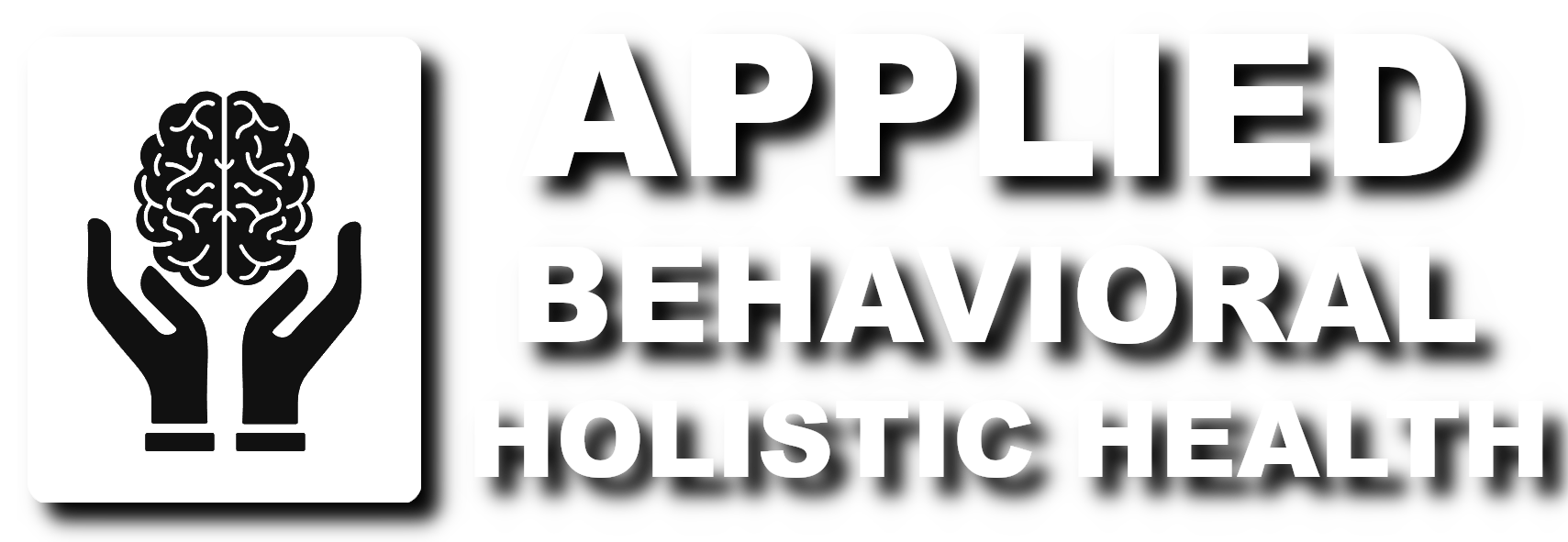Sophia(Pseudonym) wakes up feeling optimistic and excited about her day. She has plans to meet her friends for lunch and is looking forward to it. However, a minor disagreement with a friend over text sends her emotions spiraling. She feels intense anger and sadness, questioning her self-worth and the stability of her relationships. By the time she arrives at the lunch, she’s emotionally exhausted and withdrawn.
Understanding Sophia’s experience helps us see the importance of empathy and effective treatment strategies. With the right support, Sophia can learn to manage her emotions, build healthier relationships, and find stability in her daily life.
Imagine living each day on an emotional rollercoaster, where your feelings fluctuate wildly from elation to despair without warning. For Sophia, who has Borderline Personality Disorder (BPD), this turbulent ride is not just a metaphor—it is her daily reality. BPD is a mental health condition characterized by profound and unstable emotions, tumultuous relationships, and a pervasive sense of identity confusion. Despite the profound challenges it presents, gaining a deeper understanding of BPD can cultivate empathy and pave the way for effective treatments. In this article, we will explore the intricacies of BPD, debunk common myths, and highlight strategies that offer hope and stability for those affected.
Understanding BPD: The Basics
Borderline Personality Disorder is a mental health condition marked by persistent instability in moods, self-image, and interpersonal relationships. Individuals with BPD often experience rapid changes in their emotional state and may struggle with a sense of self-worth, leading to difficulties in maintaining stable relationships. They might also exhibit impulsive behaviors, intense fear of abandonment, and chronic feelings of emptiness.
The Causes: A Multifaceted Approach
The development of BPD is influenced by a combination of genetic, environmental, and neurobiological factors. Research suggests that a history of trauma, particularly in childhood, can significantly contribute to the disorder. However, not everyone with a traumatic background develops BPD, indicating that multiple factors, including genetic predisposition and brain function, play a role.
Common Symptoms and Behaviors
- Emotional Instability: People with BPD often experience intense and unstable emotions, which can shift quickly from euphoria to deep sadness or anger.
- Impulsive Actions: This can include risky behaviors such as substance abuse, unsafe sex, or binge eating.
- Fear of Abandonment: Individuals may have an intense fear of being left alone, leading to frantic efforts to avoid real or imagined abandonment.
- Unstable Relationships: Relationships can be characterized by extremes of idealization and devaluation, where others are seen as either all good or all bad.
- Identity Disturbance: There may be a profound and persistent lack of identity or sense of self, often resulting in an unstable self-image.
Myths and Misconceptions
- Myth: BPD is just a way of describing someone who is “dramatic” or “difficult.” Fact: BPD is a serious mental health disorder that requires compassion and clinical attention. The emotional pain and instability experienced are real and impactful.
- Myth: People with BPD are manipulative and only seek attention. Fact: The behaviors seen in BPD often stem from deep-seated emotional distress and difficulties in regulating emotions. Understanding and support are crucial for helping individuals manage their symptoms.
Treatment and Management
Fortunately, BPD is treatable. Several therapeutic approaches have been shown to be effective:
- Dialectical Behavior Therapy (DBT): Developed specifically for BPD, DBT combines cognitive-behavioral techniques with mindfulness strategies to help individuals regulate emotions and improve relationships.
- Mentalization-Based Therapy (MBT): This therapy focuses on improving the ability to understand and interpret one’s own and others’ thoughts and feelings.
- Schema Therapy: This approach helps individuals identify and change deeply ingrained patterns or “schemas” that influence their behavior and relationships.
- Medication: While no medication is specifically approved for BPD, medications can help manage symptoms like mood swings or co-occurring conditions such as depression or anxiety.
Living with BPD: A Journey of Hope
Living with BPD can be challenging, but with the right treatment and support, individuals can lead fulfilling lives. It’s essential for those with BPD and their loved ones to foster understanding, patience, and compassion. Educating oneself about the disorder and engaging in effective therapeutic practices can significantly enhance quality of life and personal well-being.
By unraveling the complexities of Borderline Personality Disorder, we take a crucial step toward breaking down stigma and offering hope to those who navigate its intricate landscape. Understanding BPD not only helps in providing better support but also deepens our appreciation for the resilience and strength of the human spirit.



